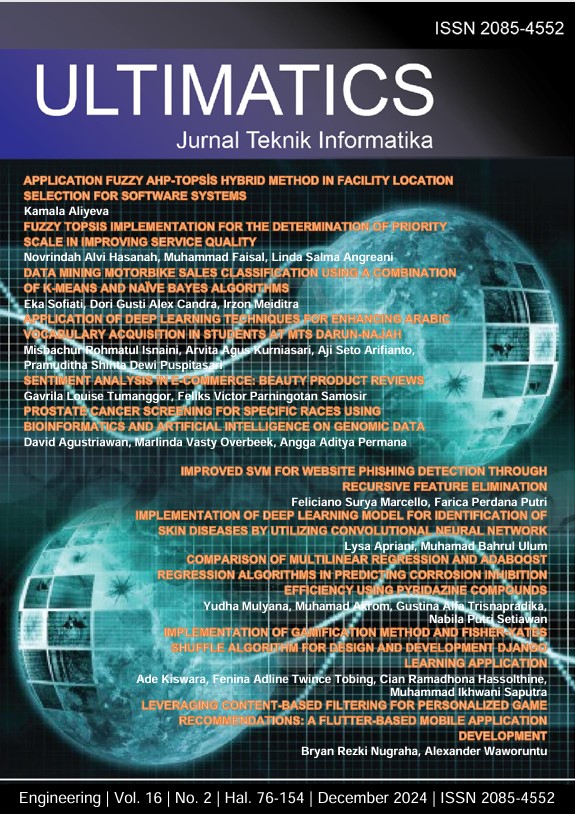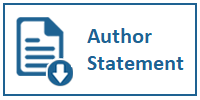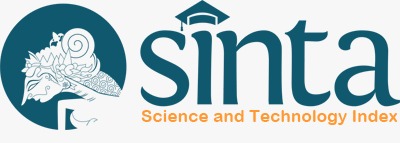Implementation of Gamification Method and Fisher-Yates Shuffle Algorithm for Design and Development Django Learning Application
DOI:
https://doi.org/10.31937/ti.v16i2.3874Abstract
The web framework emerges as a solution to enhance web development efficiency. Django, an open-source web framework written in the Python programming language, is one of the popular frameworks. Currently, there are not many programming learning platforms that provide specific programming learning materials for Django, implementing a method to boost user interest in using the platform. This research aims to design and build a web-based Django learning application using gamification methods designed based on the octalysis framework to enhance user learning interest. It also incorporates the Fisher-Yates shuffle algorithm to randomize questions for more variety. The application was tested by several users by filling out a questionnaire prepared using the Hedonic Motivation System Adoption Model (HMSAM). The evaluation results of the application obtained an average percentage of 84,15% in the aspect of behavioral intention to use, which means users strongly agree that the djangoing application generates a desire to use it again in the future. Furthermore, the results in the aspect of immersion were 81,44%, which means users agree that the djangoing application creates an immersive learning experience for the Django framework.
Downloads
Additional Files
Published
How to Cite
Issue
Section
License
Authors retain copyright and grant the journal right of first publication with the work simultaneously licensed under a Creative Commons Attribution-ShareAlike International License (CC-BY-SA 4.0) that allows others to share the work with an acknowledgement of the work's authorship and initial publication in this journal.
Authors are able to enter into separate, additional contractual arrangements for the non-exclusive distribution of the journal's published version of the work (e.g., post it to an institutional repository or publish it in a book), with an acknowledgement of its initial publication in this journal.
Copyright without Restrictions
The journal allows the author(s) to hold the copyright without restrictions and will retain publishing rights without restrictions.
The submitted papers are assumed to contain no proprietary material unprotected by patent or patent application; responsibility for technical content and for protection of proprietary material rests solely with the author(s) and their organizations and is not the responsibility of the ULTIMATICS or its Editorial Staff. The main (first/corresponding) author is responsible for ensuring that the article has been seen and approved by all the other authors. It is the responsibility of the author to obtain all necessary copyright release permissions for the use of any copyrighted materials in the manuscript prior to the submission.















